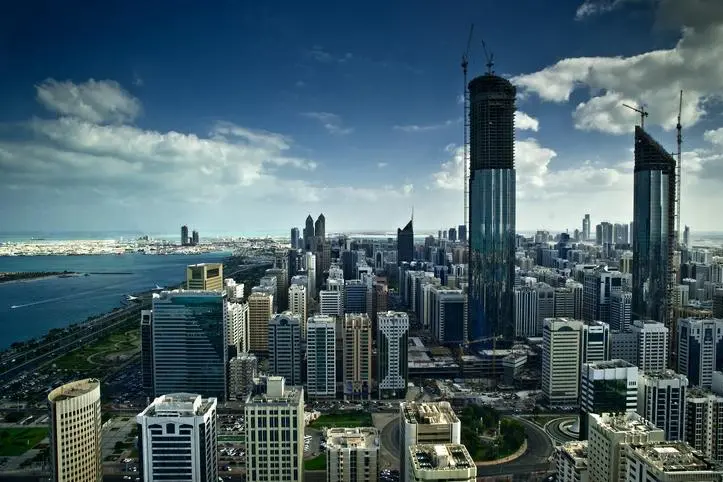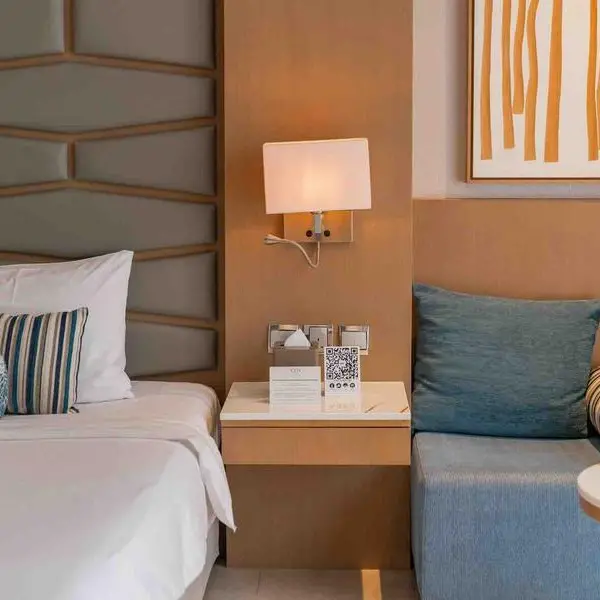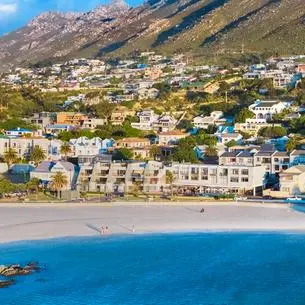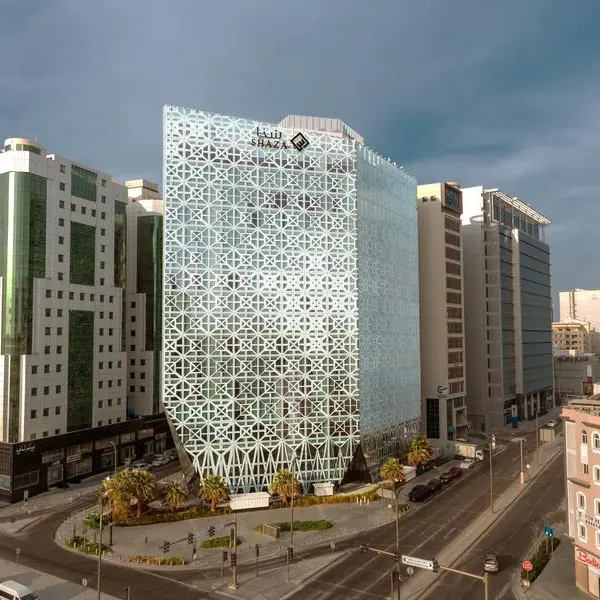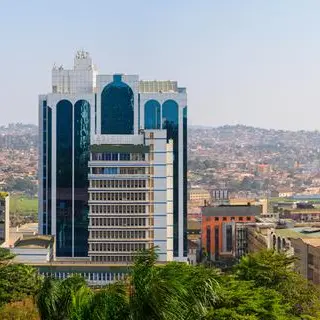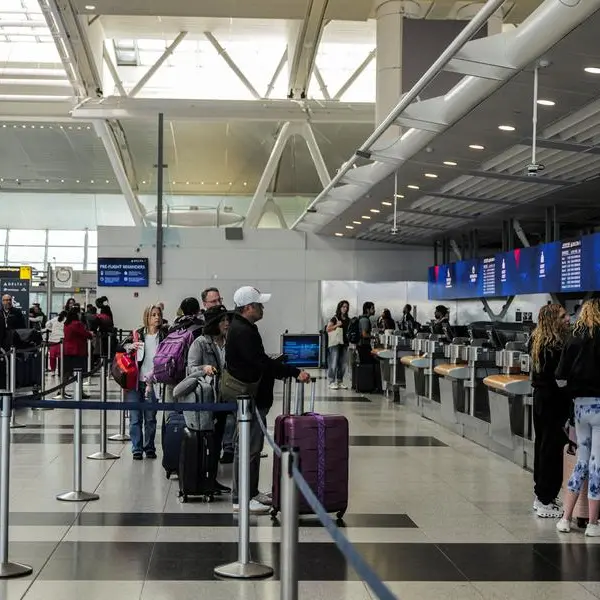PHOTO
Spanning eight kilometres of white sands and azure waters, Saadiyat beach is one of the most magical nature spots in the UAE. Home to critically endangered hawksbill turtles, Indian Ocean humpback dolphins, dugongs and more fascinating marine life, its beauty is famous across the world.
The local volunteers, however, who work to protect this precious wildlife oasis, are less talked about.
While the rest of the city is sleeping, the Saadiyat Island turtle patrol walk the beach every morning before sunrise to look for signs of nesting turtles, and rescue any that are sick and stranded.
Core volunteers
Initially started by Arabella Willing, a lead figure at Emirates Nature-WWF, and then Emily Armstrong, former Marine & Environmental Manager at Jumeirah Saadiyat Island Resort, the group is now led by three volunteers who each have full-time jobs.
CORE Engineering Consultancy Finance Manager Cynthia Harb, Cranleigh Abu Dhabi fine art and photography teacher Simon Johnson, and EHS and Sustainability Manager at Saadiyat Rotana Resort and Villas Katerina Karpova all contribute to arranging the weekly schedule and managing the 90-member strong group of volunteers.
A member of the turtle patrol for six years, Harb lives at Hidd Al Saadiyat. Originally from Honduras and a UAE resident for 28 years, she joins the patrol most mornings:
“We split into groups and cover around two kilometres each. Walking the beach during high tide is a lot of work, especially during the hotter months. However, it’s my way of getting my daily steps and giving back to the community.”
More supporters
Made up of Saadiyat Island residents, students from New York University Abu Dhabi and people from across the rest of Abu Dhabi, the patrol is also supported by the hotels that line Saadiyat beach, including Jumeirah Saadiyat Island Resort, Saadiyat Beach Club, Saadiyat Rotana Resort and Villas, The St. Regis Saadiyat Island Resort, Park Hyatt Abu Dhabi and Rixos Premium Saadiyat Island.
Harb shared: “During the winter months we come across a lot of stranded juvenile hawksbill turtles that are weak, sick and covered with barnacles.”
“The hotels let us patrol their stretches of beach and they also collect injured turtles for us and call them into The National Aquarium Abu Dhabi or the Environmental Agency – Abu Dhabi (EAD) –both these organisations are our rescue partners. The turtles are then rehabilitated before being released back during the summer months. All our efforts are done under the supervision of Dr. Hind Alameri, Marine Conservation Scientist at the EAD,” she added.
Rescuing sick turtles
Harb and the other leaders train the volunteers in what to look for during the patrols, and they also educate the beach lifeguards, security teams and beach cleaners about turtle conservation. She noted: “The nesting and hatching season is from March to July. We hardly ever see the nesting turtles, but looking for tracks shows us where the nests are located.”
“The Emarat Aloula Group beach cleaners are the first ones on the beach in the morning, and they help us by protecting the nests with red cones. They get very excited whenever they find one. Local businesses ADURE, Saadiyat Security and Fibrex Construction Group also support us,” Harb added.
Monitoring turtle nests
The eggs hatch after roughly 60 days, and the hatchlings then make their journey to the ocean. However, they can sometimes become confused by the lights of the buildings.
“The patrol monitors the hatching process, and we try to rescue any that get stranded. Last year there was a nest near Jumeirah and many of the hatchlings started heading back towards the hotel instead of the water. They were scattered all over the dunes and it took us a long time to find them,” said Harb.
“Bright lights can also deter nesting turtles. We ask the hotels and residences to dim their lights and space out their beach chairs so there’s room for them to nest, too,” she added.
Depending on the position of the nests, some can be at risk of flooding. The patrol works with the EAD to relocate them where necessary.
Harb shared: “A turtle can lay an average of 90 to 100 eggs every year. Only hawksbill turtles nest on Saadiyat. We sometimes see green turtles, but they are almost always dead. We’ve also spotted rays in the water and octopus species, sea snakes and even dugongs washed up on the shore.”
Once the nesting season is complete, the patrol completes an inventory to assess how many eggs hatched successfully, and how many were unfertilised.
While most of the nests are found towards Hidd Al Saadiyat, others have been spotted in all kinds of locations.
“Two to three nests were found near the Guggenheim and at least one of them hatched. It was amazing. We coordinated with the companies working there to protect them. Dr Hind is in our WhatsApp chat, and we continue to receive a lot of help and guidance from Arabella Willing as well,” noted Harb.
A rewarding job
While Harb has long loved spending time on Saadiyat beach, it was only once she started patrolling and really observing her surroundings that she realised how severely human behaviour is damaging the ecosystem.
“We are invading this beautiful habitat, and so the least we can do is look after our local turtle population,” she said, adding: “It’s incredibly rewarding to rescue a turtle and then see it being released back into the water a few months later. We are always looking for new volunteers to help us.”
Copyright © 2022 Khaleej Times. All Rights Reserved. Provided by SyndiGate Media Inc. (Syndigate.info).
